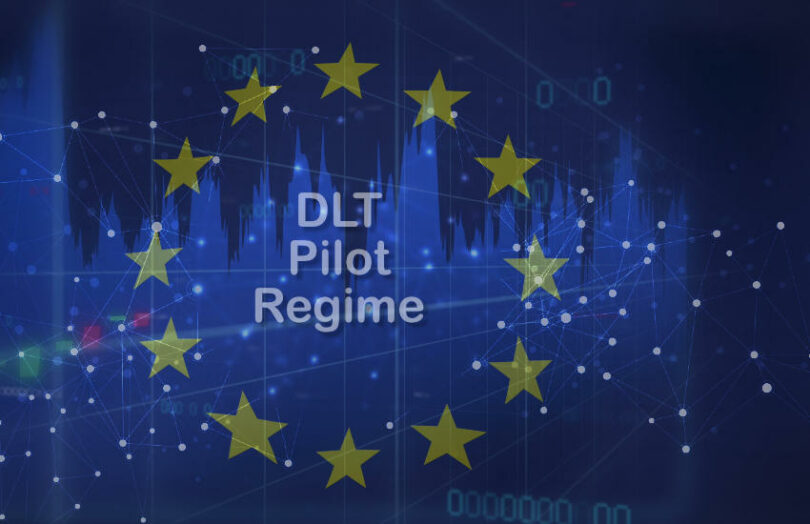Yesterday the European Securities and Markets Authority (ESMA) published two long reports on the DLT Pilot Regime. Both explore how market infrastructures should comply with regulatory reporting. One paper looks at what regulatory data can be gathered from each type of distributed ledger. The other explores the format to provide the data to the regulator.
As context, the DLT Pilot Regime commenced in March 2023. It allows financial market infrastructures (FMIs) to use blockchains – permissioned or permissionless – for the issuance and trading of tokenized stocks, bonds and funds, including money market funds. The law permits limited exceptions from current regulations. These include allowing the same market infrastructure to combine trading and post trade. And retail investors can transact directly with an exchange.
However, large institutions criticized the small limits on transaction volumes. Hence, it’s more likely to attract startups. However, all participants have to be regulated institutions. So far, only a couple of projects have publicly announced their participation.
Regarding the type of data provided by DLTs, the regulator noted that native DLT transactions omit quite a bit of information required by the MiFiD RTS 22 reporting standard. However, not all 66 fields in RTS 22 are relevant for DLT transactions. Hence, regulators will need to provide guidelines. It recommends the addition of fields in smart contracts, such as Digital Token Identifiers (DTIs).
Three DLTs explored: Corda, public Ethereum, Fabric
Both reports explored the data reporting issues for three distributed ledger technologies: R3’s Corda enterprise blockchain, permissionless Ethereum, and permissioned Hyperledger Fabric (HLF).
There are three potential ways of providing reports to the regulator. The FMI could extract files, provide access via an API or provide the regulator with a node on the network. From a cost and complexity perspective, the conclusion was that file extraction is preferable and similar to the conventional approach.
While current MiFID reporting is not real time, the authors acknowledge that API access or a node could enable that possibility.
One take away was the need to develop an API standard for reporting purposes. Otherwise, the regulator will have to work with different APIs, not just for each DLT technology but for each FMI.
We’d observe that file extraction might also make the regulator more open to a variety of technologies. For example, the paper assessed neither of the blockchains used in the Regulated Liability Network trials – Digital Asset’s DAML / Canton and SETL.
The regulator’s preference for permissioned blockchains also surfaced during the analysis. If it used an API or had a node on the network, it liked that it could influence the upgrade timeline for a permissioned blockchain. But it has no say with permissionless Ethereum.
It also claimed that Corda and Fabric could support storing on-chain and off-chain data in a single database, while Ethereum requires merging the off-chain and on-chain information.
On-chain analysis of blockchain transactions
Apart from reporting, ESMA also explored the potential for on-chain analysis. That’s to monitor for market manipulation, insider trading and fraudulent activities. Most of the available tools are for public blockchains.
On permissioned blockchains, the scope for analysis is limited by permissions (although an observer node might help). “Especially in Corda and HLF, the tools may need to be built by consortia or network participants and then provided to the regulators, since (there are) no publicly available state-of-the-art tools for on-chain analysis,” concluded the authors.






